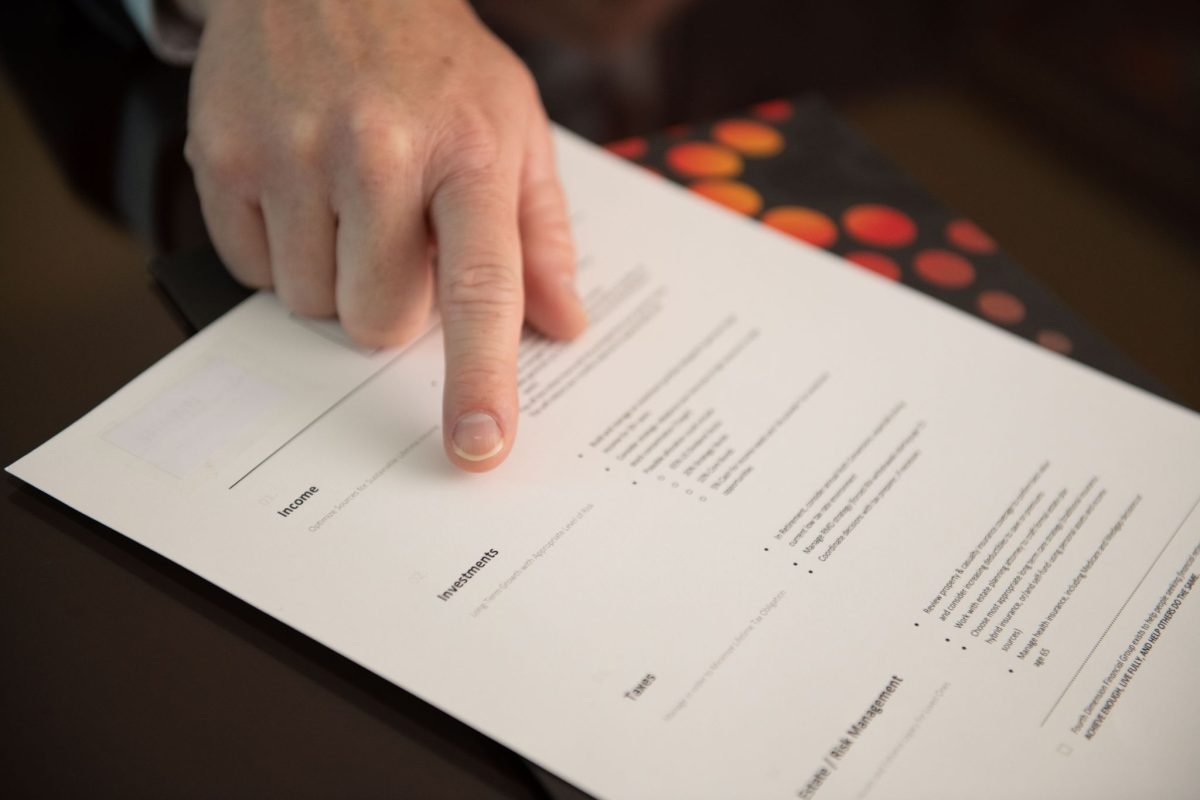When I decided to study business in college, I did so not really knowing what it meant to actually ‘study business’. Like most people, I had a vague sense that marketing was involved somehow and that some math must be a part of the deal, but I really didn’t know much more than that. So when I sat in my first accounting class and we were presented with something called the accounting equation, my head almost exploded. You mean to tell me that the entirety of a business’ health could be expressed in a single equation? That’s…crazy.
Well, if it were fully true, it would be crazy. The truth is, the accounting equation is the basis for something called the double entry accounting system that entails a whole lot of other nifty formulas and tools that begin to tell a story about a business. In other words, it’s not that this single formula explained the entire financial universe, but it was still really impactful to see an equation so simple and elegant do some much heavy lifting for those who wish to understand a business. If you’re wondering what the equation is, it’s: Assets = (Liabilities + Owner’s Equity). That translates roughly to: a company’s value is comprised of what it owes to others plus what the owners actually own outright.
Like double entry accounting, the weight loss business could be made to appear wildly simplistic. For those wishing to lose weight, the formula looks like, Desired Weight = (Calories Burned + Calories Consumed). Again, this doesn’t tell the entire story of food quality, genetics, and other factors, but the multi-billion dollar weight loss industry could choose to cut through a lot of clutter and simply tell people, “Eat less, exercise more”.
What’s so intriguing about these formulas is the fact that there’s an elegant symmetry to them. Balance one side with the other and beauty results. Simply select the goal, determine one side of the equation and the other side of the equation will tell you precisely what work needs to be done to achieve the desired outcome. For example, want more assets, then reduce debt. Want a thinner figure, then reduce calorie intake or increase exercise. It’s so simple….yet…
Why do we all continue to struggle with these things if it’s so darn simple? Why can’t we just do the math and dial-in perfect results?
Here are some reasons why it’s not so simple:
- Chocolate cake with boiled chocolate frosting
- Pizza Hut’s Stuffed Crust Pizza
- Nutella
- Starbucks Breakfast Blend
- The New Lincoln Navigator
- Quartz countertops and professional grade stainless steel appliances
- Coach Dreamer Bags
- iPhone XS
- Every exotic trip your friends take that you haven’t taken yet
Any of these items, when placed into your equation for weight loss or financial freedom, can throw the symmetry out of balance. Not forever, but for long enough that something will need to be done soon or the equation becomes either unworkable or so painful to look at that you stop looking altogether. After all, it’s just easier to just pretend everything’s okay than it is to apply some effort to shoring up the equation.
I suppose we could use an equation for retirement success. Something like, Retirement Success: Annual Income Needed To Remain Retired = (Size Of Nest Egg x 4% Annual Withdrawal Rate) In many situations, this would prove to be quite close to the truth. Like everything else, there’s much nuance to consider, but we’re getting close to the heart of the matter with just these ingredients.
Naturally, people who live on a lot less income than they earn for a long period of time grow a much bigger nest egg than those who don’t. Those who draw more than 4% from their nest egg during retirement will shrink the nest egg much faster than those who live on less. And those who don’t live very long in retirement needn’t worry as much about any of this as those who do live a long life; just enjoy spending the money! So with any equation, it’s the variables that need to be solved for.
So whether your variables are Starbucks and Coach Bags or maybe an affinity for large luxury SUVs, it pays to do some math every now and then just to keep on track. After all, none of us are made up of pure math, so let’s not pretend this is all about the numbers. Vacations are fun and so are beautiful new kitchens. We just need to watch the numbers closely enough that we keep some symmetry in our equations, whether that be our account size or our waistline.
All the best,

Adam Cufr, RICP®
Recent Articles

Show Your Work: Why Transparency Matters in Retirement Planning

Unlocking the Mystery of Income Taxes

Social Security Strategy: Do You Have One?

Pension Decision: Just One Critical Piece of Information Is Needed to Decide



